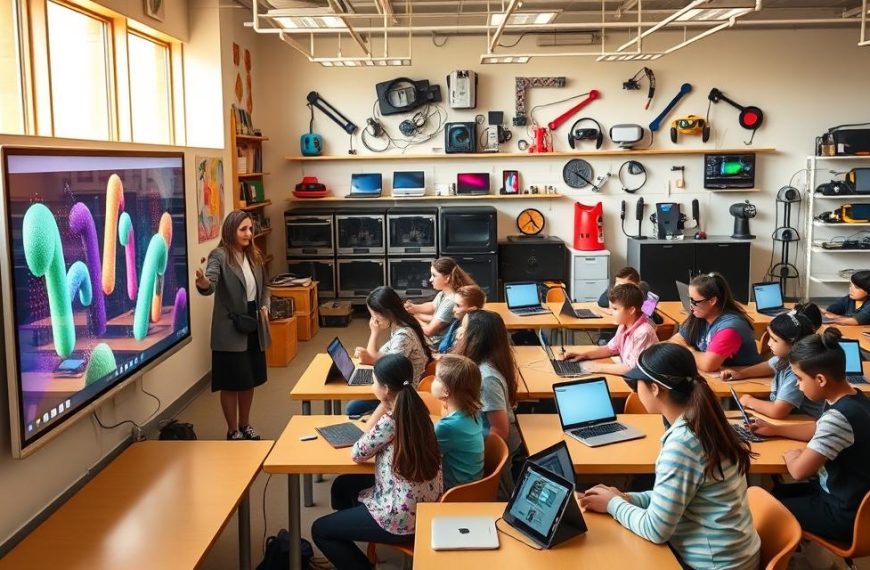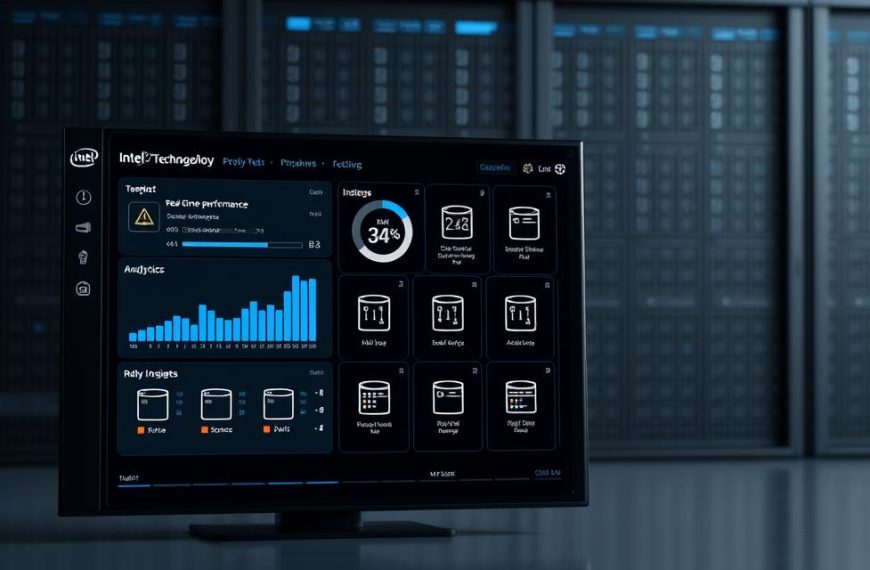The advent of the internet has revolutionised nearly every industry, with journalism being a significant microcosm of this digital revolution. In just five years, the internet reached fifty million users, a feat that took the telephone seventy-five years and television thirteen years to achieve.
By 2013, there were 2.2 billion internet users worldwide, transforming the way news is produced, consumed, and disseminated. The shift from traditional print formats to digital media has been profound, with digital platforms changing the face of journalism.
The rise of digital content has enabled audiences to participate actively in the news ecosystem, creating new opportunities and challenges for the news media. As we explore this transformation, we will examine the historical evolution of news and its impact on modern journalism.
The Evolution of News Media: A Historical Perspective
The history of news media is a story of continuous evolution, shaped by technological advancements and changing societal needs. The way news is consumed and disseminated has undergone significant transformations over the centuries.
The Era of Print Dominance
During the 17th to early 19th centuries, print newspapers were the primary source of news and information for the public. These early newspapers were typically less than four pages and relied heavily on reprinting stories from other publications, with minimal local coverage. The postal system’s role in distributing these papers was crucial, allowing for deep penetration of news into rural areas.
The Telegraph Revolution
The introduction of the telegraph in the mid-19th century marked a significant technological disruption to print journalism. It enabled near-instantaneous transmission of information across vast distances, revolutionizing news gathering and reporting practices. This led to the creation of the first “wire services” and fundamentally changed the pace of the news cycle. Publications like The New York Times developed reputations for high-quality information across diverse topics, setting a new standard for journalism.
- The early development of news media was characterized by the dominance of print newspapers.
- The telegraph’s introduction transformed news gathering and reporting practices.
- Different newspaper models emerged in response to technological changes.
Broadcast Revolution: Radio and Television
The advent of radio and television in the 20th century revolutionised news dissemination, transforming the way people consumed information. These new technologies developed with a focus on commercial interests, shaping the regulatory frameworks that governed them.
How Radio Changed News Delivery
Radio introduced the first truly immediate broadcast medium, reaching audiences directly in their homes. Its unique characteristics included broadcasting live events as they happened and being accessible during times when reading newspapers wasn’t possible. Key aspects of radio’s impact include:
- Immediate news delivery
- Live event broadcasting
- Accessibility during various circumstances
Television’s Impact on Visual Journalism
The emergence of television in the mid-20th century further transformed news consumption by adding moving images to audio reporting, creating a more immersive news experience. For more insights on the evolution of broadcasting, visit The Evolution of Broadcasting. Regulatory frameworks like the 1927 Radio Act and the 1934 Federal Communications Commission shaped broadcast journalism, prioritising commercial interests and national reach.
The Cable TV Era and News Specialisation
The emergence of cable TV in the 1980s led to a proliferation of news specialisation. This period was marked by significant technological advancements and deregulation, which facilitated the rapid expansion of cable channels.
Rise of 24-Hour News Networks
The launch of CNN in the 1980s revolutionised news consumption by providing 24-hour news coverage. This created an “always-on” news environment, where audiences could access news at any time. Satellite technology played a crucial role in this development, enabling the broadcast of news from anywhere in the world.
Audience Fragmentation and Niche News
As cable TV expanded, it led to audience fragmentation, with viewers gaining access to multiple news sources catering to specific interests and demographic groups. This fragmentation resulted in niche news channels developing targeted advertising models and subscription revenue streams. The table below illustrates the impact of cable TV on news specialisation:
| Aspect | Pre-Cable TV | Post-Cable TV |
|---|---|---|
| News Consumption | Scheduled broadcasts | 24-hour news |
| Audience | Mass audience | Niche audiences |
| Revenue Model | Traditional advertising | Targeted advertising and subscriptions |
How Has Technology Affected the News Media in the Digital Age
Technology has profoundly impacted the news media, transforming the way news is consumed and disseminated. The digital age has brought about significant changes in the way news organisations operate, from the way they gather and distribute news to the way they interact with their audiences.
The Internet’s Disruption of Traditional News Models
The internet has disrupted traditional news models by undermining subscription and advertising revenue streams. Established news organisations faced unprecedented challenges as new digital-only competitors emerged, lowering barriers to entry. For more information on the impact of technology on the media and journalism industry, visit https://aaft.com/blog/mass-communication/impact-of-technology-on-the-media-and-journalism-industry/.
Mobile Technology and News Consumption
Mobile technology has transformed news consumption patterns, enabling audiences to access news content anywhere and anytime. Smartphones and tablets have become primary sources of news, changing the way news organisations create and distribute content. The internet’s ubiquity and ease of access have accelerated the pace of news, with journalists racing to stay ahead of their audiences’ demands.
The Transformation of News Gathering and Reporting
Digital tools have revolutionized the news gathering and reporting process, equipping journalists with new methods to discover and tell stories. This transformation has been driven by technological advancements that have changed the fundamental practices of journalism.
Digital Tools for Modern Journalists
Modern journalists utilise a range of digital tools, including social media monitoring, content management systems, and mobile reporting applications, to gather information and produce content more efficiently. These tools have streamlined the reporting process, allowing for faster and more accurate news delivery.
Data Journalism and Investigative Reporting
The rise of data journalism has enabled reporters to analyze large datasets to uncover trends, patterns, and stories. Investigative journalists can now present complex data in visually compelling ways using infographics, charts, and maps, enhancing the audience’s understanding of the news.
Social Media’s Influence on News Distribution
Social media platforms have revolutionized the way news is disseminated and consumed by audiences worldwide. The traditional model of news distribution has been significantly altered, with social media sites like Facebook, Twitter, and Instagram becoming primary sources of news for many consumers.
The way people consume news has changed dramatically with the rise of social media. News consumption through social platforms has become increasingly popular, with many users accessing news articles, videos, and live streams directly through these platforms.
News Consumption Through Social Platforms
News consumption through social media platforms has seen a significant shift in how audiences engage with news content. Algorithms used by these platforms play a crucial role in determining the visibility of news stories, often creating “filter bubbles” that limit exposure to diverse viewpoints.
The Rise of Citizen Journalism
The advent of social media has also given rise to citizen journalism, where ordinary individuals report news using smartphones and social media. Platforms like Twitter and Instagram have empowered everyday people to capture and disseminate information, often from the front lines of major events, thus shifting some control from traditional journalists to the public.
This democratization of news reporting has created a new dimension of audience participation in the journalism process, allowing for real-time engagement and feedback between news organizations and their audiences. As a result, the relationship between news providers and their audiences has become more interactive, with opportunities for direct engagement and content sharing that were previously impossible.
Artificial Intelligence in Modern Newsrooms
The integration of artificial intelligence (AI) in newsrooms is revolutionising the way news is gathered, processed, and disseminated. AI technologies are being increasingly adopted to enhance reporting capabilities, improve content creation, and provide deeper audience insights.
Automated Content Creation and Curation
News organisations are leveraging AI-powered tools for automated content generation, particularly for data-heavy, formulaic reporting such as financial results, sports scores, and weather updates. This automation enables journalists to focus on more complex and in-depth storytelling. For instance, news agencies like the Associated Press (AP) and Reuters have integrated automation to streamline their content production processes.
AI-Powered Analytics and Audience Insights
AI algorithms are being used to analyse audience behaviour, content performance, and engagement patterns, providing valuable insights that inform editorial decisions and content strategy. By processing vast amounts of data, AI systems help news organisations understand their audience better and tailor their content accordingly. This not only enhances the reader experience but also improves the overall efficiency of newsrooms.
- AI enhances research and fact-checking capabilities.
- Automated content generation frees journalists for complex tasks.
- AI-powered analytics provide deeper audience insights.
Challenges in the Digital News Landscape
The shift to digital news consumption has led to significant challenges, including the need to combat misinformation and adapt to new business models. News organisations are grappling with the twin crises of the rapid spread of false information and the disruption of traditional revenue streams.
The Problem of Misinformation
The rise of social media as a primary news source has led to an environment where misinformation can spread quickly. Journalists and news organisations must maintain credibility in a landscape where speed often takes precedence over accuracy.
Business Model Disruption
Traditional revenue streams from print advertising and subscriptions have collapsed, forcing news organisations to transition to digital business models. Local news organisations are particularly affected, with many closing or significantly reducing staff.
| Challenge | Description | Potential Solution |
|---|---|---|
| Misinformation | Rapid spread of false information | Fact-checking initiatives |
| Business Model Disruption | Collapse of traditional revenue streams | Alternative business models, such as non-profit journalism |
| Local News Crisis | Closure or reduction of local news organisations | Regulatory approaches to platform accountability |
The challenges facing news media in the digital landscape are complex and multifaceted. Addressing these issues will require a combination of technological, economic, and regulatory solutions to ensure the continued viability of local news and quality journalism.
Multimedia Storytelling and Interactive Journalism
The digital age has brought about a transformation in news storytelling, with multimedia elements playing a crucial role in presenting news stories. Digital technologies have enabled rich multimedia storytelling and interactive journalism formats that engage local news audiences in ways traditional print and broadcast media cannot.
Visual and Immersive News Experiences
Visual journalism has evolved significantly in the digital age, incorporating interactive infographics, data visualisations, 360-degree photography, and immersive virtual reality experiences to enhance news storytelling on various platforms. This has led to a more engaging experience for local news audiences.
Podcasts and Audio Journalism Renaissance
The renaissance of audio journalism through podcasting has created new opportunities for in-depth reporting, narrative storytelling, and audience engagement. Media organisations like The Daily and BBC News have embraced podcasting to provide in-depth coverage of stories.
| Multimedia Element | Description | Impact on Audience |
|---|---|---|
| Interactive Infographics | Visual representation of data | Increased understanding |
| Podcasts | In-depth audio storytelling | Enhanced engagement |
| Virtual Reality | Immersive news experiences | Deeper emotional connection |
As news organisations continue to develop interactive features that invite audience participation, they are changing content consumption expectations and creating opportunities for deeper engagement with stories.
Conclusion: The Future of News Media in a Technology-Driven World
The evolution of news media is deeply intertwined with technological progress, from the telegraph to artificial intelligence. Significant technological disruptions have shaped modern journalism, changing both news production and consumption. In the digital age, news media faces both opportunities for global reach and challenges to business sustainability. Emerging trends like blockchain for content verification and augmented reality for immersive reporting may further transform journalism. As technology continues to advance, it’s crucial to consider how news media will evolve to fulfil its democratic functions in an informed society.




















